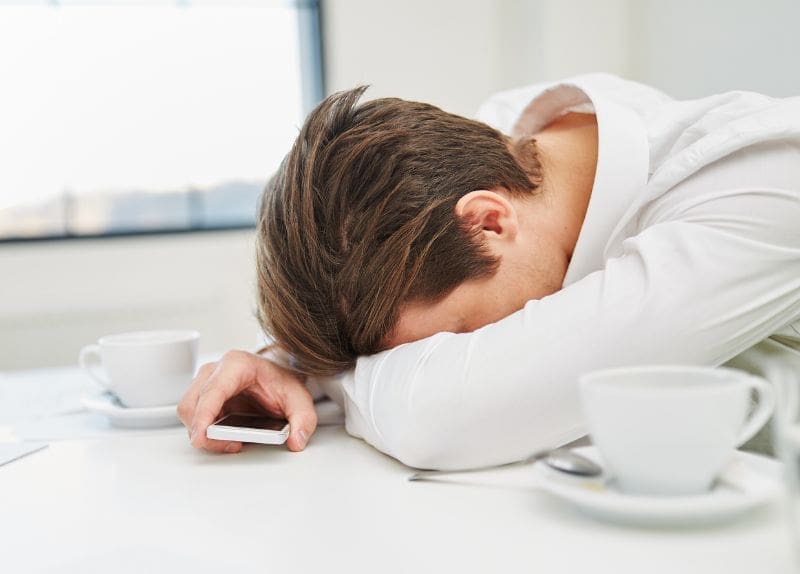Staff Burnout
In the bustling world of senior living communities, the care and well-being of residents are paramount. However, the often-overlooked aspect is the strain it places on the dedicated staff who tirelessly cater to the needs of the elderly. Staff burnout is a prevalent issue in this sector, with long hours, demanding workloads, and emotional strain taking a toll on caregivers. Fortunately, amidst these challenges, data analytics emerges as a beacon of hope, offering innovative solutions to alleviate burnout and enhance the overall quality of care provided.
Understanding the Burnout Epidemic
Before delving into the transformative potential of data analytics, it’s crucial to comprehend the root causes and ramifications of staff burnout in senior living communities. Caregivers in these environments face a myriad of stressors, including heavy workloads, emotional exhaustion from witnessing residents’ decline, and the strain of providing personalized care while adhering to strict regulations.
Moreover, the aging population and the increasing complexity of residents’ needs exacerbate these challenges, placing immense pressure on already stretched staff members. Burnout not only diminishes the well-being and morale of caregivers but also compromises the quality of care provided to residents, leading to adverse outcomes and heightened turnover rates within senior living facilities.
The Role of Data Analytics
In the face of this burnout epidemic, data analytics emerges as a potent tool for senior living communities to proactively address staff well-being and optimize operational efficiency. By harnessing the power of data, facilities can gain valuable insights into various aspects of their operations, from staff scheduling and workload distribution to resident preferences and care outcomes.
Optimizing Staff Scheduling
One of the primary contributors to staff burnout is the imbalance between workload and available resources. Data analytics enables facilities to analyze historical staffing data, resident census, and acuity levels to optimize scheduling practices. By identifying peak demand periods and staffing gaps, administrators can create more equitable schedules that distribute workload fairly and prevent staff from becoming overwhelmed.
Moreover, predictive analytics can forecast future staffing needs based on resident admissions, discharges, and care requirements, allowing facilities to proactively adjust staffing levels to meet anticipated demand. By ensuring adequate staffing levels without overburdening caregivers, senior living communities can mitigate burnout and foster a healthier work environment.
Personalizing Care Delivery
Another significant factor in staff burnout is the challenge of providing personalized care to residents with diverse needs and preferences. Data analytics empowers facilities to collect and analyze resident data, including medical histories, mobility levels, and dietary requirements, to tailor care plans and interventions accordingly.
By leveraging predictive modeling and machine learning algorithms, caregivers can anticipate residents’ evolving needs and proactively intervene to prevent adverse events or deterioration in health. Additionally, real-time monitoring systems can alert staff to changes in residents’ conditions, enabling prompt intervention and minimizing the risk of emergencies.
Enhancing Work-Life Balance
Beyond operational optimization and personalized care delivery, data analytics can also support efforts to promote work-life balance among staff members. By analyzing staff scheduling patterns and workload distribution, administrators can identify opportunities to offer more flexible scheduling options, such as part-time shifts or telecommuting arrangements.
Furthermore, sentiment analysis tools can gauge staff morale and job satisfaction levels through surveys or feedback mechanisms, allowing administrators to address potential sources of dissatisfaction and implement targeted interventions to support employee well-being.
Implementing Data-Driven Solutions
While the potential benefits of data analytics in mitigating staff burnout are undeniable, successful implementation requires a strategic approach and commitment from senior leadership. Here are some key steps to effectively harness data analytics in senior living communities:
- Invest in Technology Infrastructure: Ensure that the necessary technological infrastructure, including electronic health record systems, data analytics platforms, and real-time monitoring tools, is in place to support data-driven initiatives.
- Data Governance and Compliance: Establish robust data governance policies and procedures to safeguard resident privacy and comply with regulatory requirements, such as HIPAA in the United States.
- Training and Education: Provide comprehensive training and ongoing education for staff members to familiarize them with data analytics tools and methodologies and empower them to leverage data in their day-to-day roles.
- Collaboration and Communication: Foster a culture of collaboration and open communication between administrators, caregivers, and IT professionals to ensure alignment of data analytics initiatives with organizational goals and frontline needs.
- Continuous Improvement: Regularly evaluate the effectiveness of data-driven interventions in reducing staff burnout and enhancing resident care outcomes, and iterate on strategies based on feedback and performance metrics.
Check Out Sentrics Enrich
In the dynamic landscape of senior living communities, Sentrics Enrich emerges as a game-changer in the fight against staff burnout in senior living communities. By providing actionable insights and optimizing operations, Enrich not only enhances efficiency but also prioritizes the well-being of caregivers.
With its focus on workload balance and proactive management of residents’ Social Determinants of Health (SDoH), Enrich directly addresses the root causes of burnout. By fostering a healthier work environment and reducing emotional strain, Enrich empowers operators to sustainably support their staff. As a comprehensive solution within Sentrics’ ecosystem, Enrich offers operators the means to make informed decisions that prioritize both resident care and staff welfare.
With Enrich, senior living communities can proactively combat staff burnout, ensuring a brighter future for caregivers and residents alike. Learn more right HERE.



